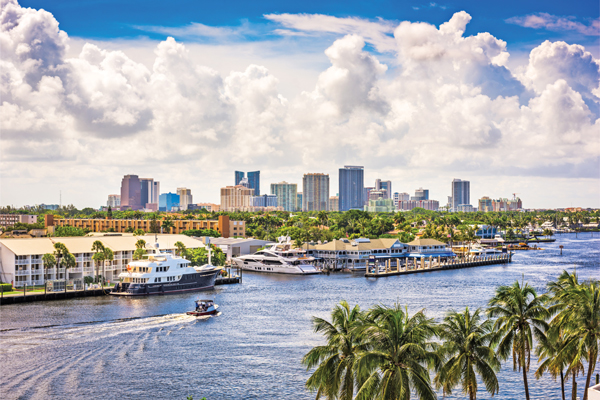Aside from mortgages, student loans make up the largest portion of household debt for Americans, ballooning to a jaw-dropping $1.4 trillion 2018, which is more than the nation's consumer credit card debt.
A new ranking by WalletHub shows that some states do a better job than others at providing an environment that enables residents to cope with their student loans.
WalletHub compared the 50 states and Washington, D.C., across 11 key measures, including average student debt, the percentage of students in debt, availability of student jobs and default rates. The states were then ranked in terms of how good an environment they offer for those with student debt.
Success after college ultimately depends on a number of factors, including where a graduate decides to settle, according to WalletHub. Student-loan borrowers usually fare better in states with a strong economy, a thriving workforce and a low college-debt-to-income ratio, according to WalletHub.
Some states are also combating the loan crisis through loan forgiveness and individualized repayment programs. Minnesota, for example, has more than 12 loan forgiveness programs open to health-care professionals alone.
Many of the states with the least student debt also have some of the nation's lowest tuition rates for public universities and colleges.
Students should be strategic when choosing where they will put their degrees to work, according to a recent report from WalletHub. For example, recent grads could find higher salaries in certain roles in New York City, but not without enduring the extremely high cost of living. These expenses could deplete most of the benefits of having a higher salary, according to the report.
According to a quarterly report from the New York Federal Reserve Bank, 10.7 percent of all student-loan debts are in 90 or more days delinquent or are in default as of Q1 2018.
The following states, according to WalletHub, offer residents the best chances of keeping their student debt manageable:
10. Nevada
Former students in Nevada have the lowest student debt average in the U.S., according to the report. On average, students leave four-year public and private colleges with a balance of $24,128, according to recent data from the Institute for College Success.

9. Maryland
Fifty-eight percent of students in Maryland take out loans to finance their education. The Federal Reserve Bank of New York estimates the average debt for Maryland graduates is $28,330 per student.

8. Florida
Florida’s average student debt seems to be diminishing as the national average continues to skyrocket. According to recent data from The Institute for College Access & Success, Florida ranked 46th on the list of states with the least amount of student debt and 39th the year before.

7. Alaska
Not only was Alaska ranked third on the list of states with the lowest proportion of borrowers with student debt, the state recently passed a bill that prevents professionals in certain fields from losing their licenses due to a default on a student loan.

6. Arizona
Arizona ranked second among states with borrowers who have the lowest student debt balances, according to the report. Former students in Arizona have $23,780 in student debt on average (compared to the national average of ($37,172), according to a report from The Institute For College Access and Success.

5. Washington
Washington is ranked one of the best places to pay off student debt. The state has one of the highest average median incomes at $67,106 annually. The average borrower accumulates roughly $23,000 in student debt—significantly below the national average ($37,172), according to a recent report from the office of the Washington attorney general.

4. California
The average cost of tuition and fees in the state is roughly $33,000 per year. Despite the price tag, the state ranked third for having more borrowers with a lower percentage of their household income contributed to student debt payments.

3. Wyoming
Fifty percent or more of students in every U.S. state accumulated some student debt except for in Alaska, Arizona, Oklahoma and Wyoming, where the percentages are lower, according to a report from The Institute for College Access and Success.

2. Hawaii
Hawaii ranked fifth for having the lowest percentage of borrowers over the age of 50 and for having more borrowers who contribute a lower percentage of income toward student debt payments.

1. Utah
Utah has the lowest student debt balance in the U.S., averaging about $18,810 per borrower, according to a 2017 report from the Utah System of Higher Education. Utah was the only state with an average balance below $20,000, according to the report. Utah also has one of the lowest percentages of students who take out loans—only 41 percent, according to The Institute for College Access and Success.

The full report can be viewed here.








